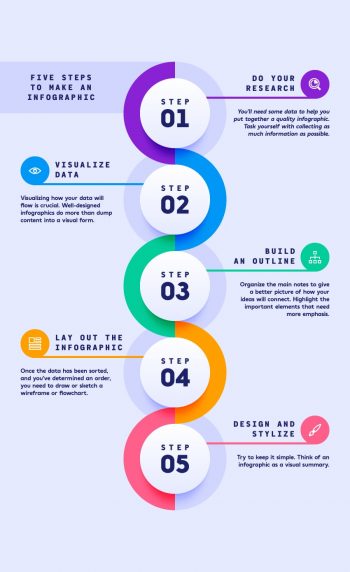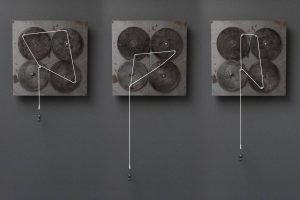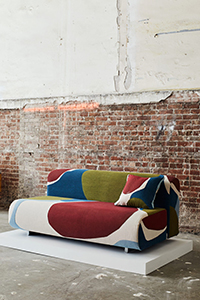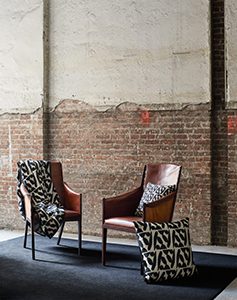So you’ve got a great idea for a site and you’re thinking about doing it yourself. Good choice! When I first started back in the late nineties I tried out a lot of different ways to get my site online. If you’re old enough to remember, the biggest thing going was the free hosting from many providers. You only had to have their banner stuck to your page somewhere. If I were to sum up the service back then it would be ‘terrible.’ They rarely gave you the ability to control your site the way you wanted. You were limited by their control panels and what kind of languages you could have in your code. It was the wild west back then and I have to admit looking back it was kind of fun.
So how do you get started?
The first thing you’re going to need once you have an idea for a site, is a domain name.
A domain name is registered with an organization like ICANN though registrars like godaddy.com and namecheap.com. What you need to know when registering a domain name is that it’s really not like it used to be. Ten years ago it was important to register a top level domain(tld) otherwise your site wasn’t considered real and people would be confused by something other than, .com, .org, or .net. I don’t think it’s that way anymore. Over the past few years the flood of different domain extensions have increased to the point where it doesn’t really matter anymore. What’s important is that the name is memorable. If I registered a .design domain name as kens.design, it would be easy to remember, and that is the key. If your domain name is memorable, you can’t lose.

My personal choice for purchasing domain names is Namecheap.com. I don’t have any affiliation with them except that they have been good to me. There are a lot of good ones, and some hosting companies will include a domain name in their hosting offer. I wouldn’t do that, it’s better to keep it separate. You register the domain name, then search for a good host. When I was first starting out, I went for the deal on hosting that included a free domain name. All good, right? Well, after a few days I couldn’t upload anything to the server and out of frustration I canceled the hosting. Not a big deal except they kept the domain name and I didn’t blame them for it. But on my side, the name that I had chosen, the name that I spent hours researching and second guessing until I was positive it would work for my new business, was now gone. I considered it a lesson learned.

When you’re shopping for a domain name remember to ignore the first price. For example there are many domain registrars that will give you a discount for the first year or two, but then charge full price from then on. Don’t be fooled, some domain extensions can be upwards of $100 per year and you may feel obligated to stay with them because you don’t want to change names.
Okay, I decided for this lesson that I’d research what the going rate for the tlds are. I went to the sites below and searched for “thisisapricecheck” and the results are listed. I have to say that I was disgusted with networksolutions.com. They automatically added my search into the checkout, they didn’t list the prices until I clicked the checkout button, and then they added services that are simply not needed. I would avoid them at all cost. It’s a shame because there was a time that I thought that they were in the top three.
| Registrar | .com | .net | .org |
|---|---|---|---|
| Godaddy.com: | $17.99 | $13.99 | $11.99 |
| Namecheap.com: | $10.98 | $14.98 | $14.98 |
| networksolutions.com: | $32.99 | $34.99 | $34.99 |
| domain.com | $9.99 | $12.99 | $14.99 |
Having researched the prices, I was reminded that you don’t need anything but a domain name. Don’t be fooled by the sales gimmick of adding more and more onto your purchase. Yes, the privacy feature is nice, but it’s not needed. I’ve had my sites public for twenty-years and have yet to see any spam or any problems at all.
Do:
- Look for a domain registrar that isn’t ‘selling’ to you. I’m not sure if that make sense, but think about it as buying a car from a car dealer. The best places give you what you want and don’t try to upsell you.
- Shop for price. If you’re starting a business there’s a good chance that you’ll have the domain name for many years. Don’t be misled by discounts for the first year or two. The actual price is what’s important.
- Spend time researching. There are hundreds of sites that want your money, but only a few deserve it.
- If you’re sure of your new venture, then register for multiple years. It’s kind of like locking in your price. For my personal site I registered for ten years. It will save you money in the long run.
- Don’t be afraid to transfer your domain to a different registrar if you’re feeling abused by your current one.
Don’t:
- Don’t add extra items to your purchase. Anything important like ssl can be added later. If it’s not important ignore it. I tell my students, “Just the domain, nothing else.”
- Don’t buy hosting from the domain registrar. They may be a good host, but you can never tell. GoDaddy.com had a reputation for years as being a great registrar but an awful host. People would buy hosting and be limited on what they could do with their site.
- Don’t buy a domain from a site that you aren’t comfortable with. I think you should trust your gut reaction to a domain name purchase. The domain name could be with you for who know’s how long, twenty or thirty years. That’s too long to be with a site that you don’t trust. Remember you can always transfer to a different registrar.
Okay, as I conclude this lesson, I just want to remind you that you should trust your own decisions. I’ve seen people who have registered strange names and have succeeded with them, and the opposite is true. There are good domains names that don’t get traction. In the end it’s your concept and execution that will ensure that you are successful on line.







 I think I’ll make this update to KC’s art & technology short and sweet this morning. Not much has changed since the last update, mainly because I really haven’t found too much to add to the site. But, having said that, I’m working on a mobile app that will give readers a rss feed of this site. Hopefully there will be more, but for right now I’m starting small.
I think I’ll make this update to KC’s art & technology short and sweet this morning. Not much has changed since the last update, mainly because I really haven’t found too much to add to the site. But, having said that, I’m working on a mobile app that will give readers a rss feed of this site. Hopefully there will be more, but for right now I’m starting small.


